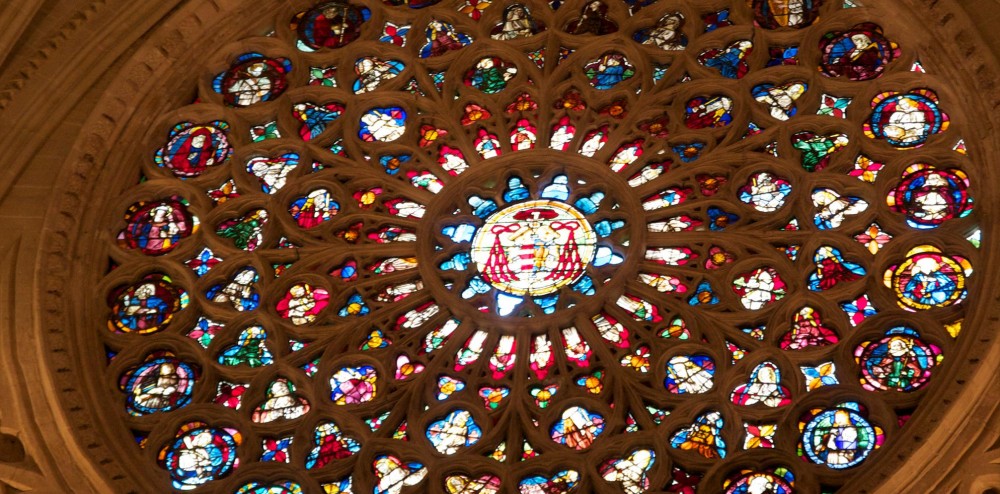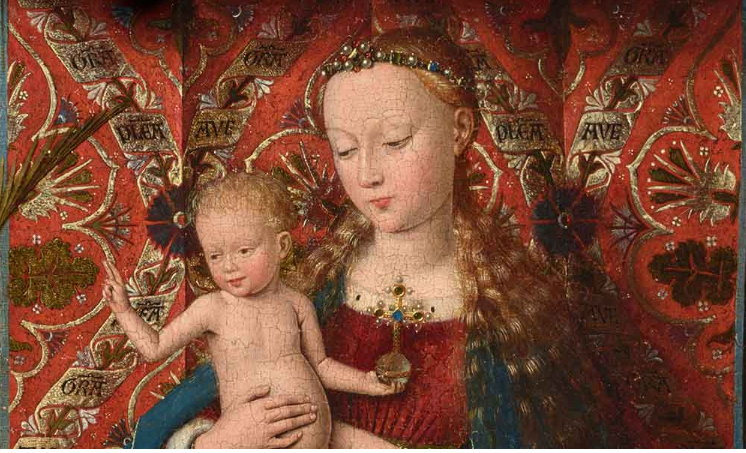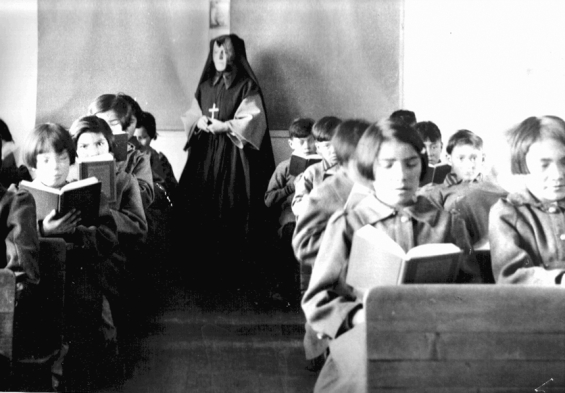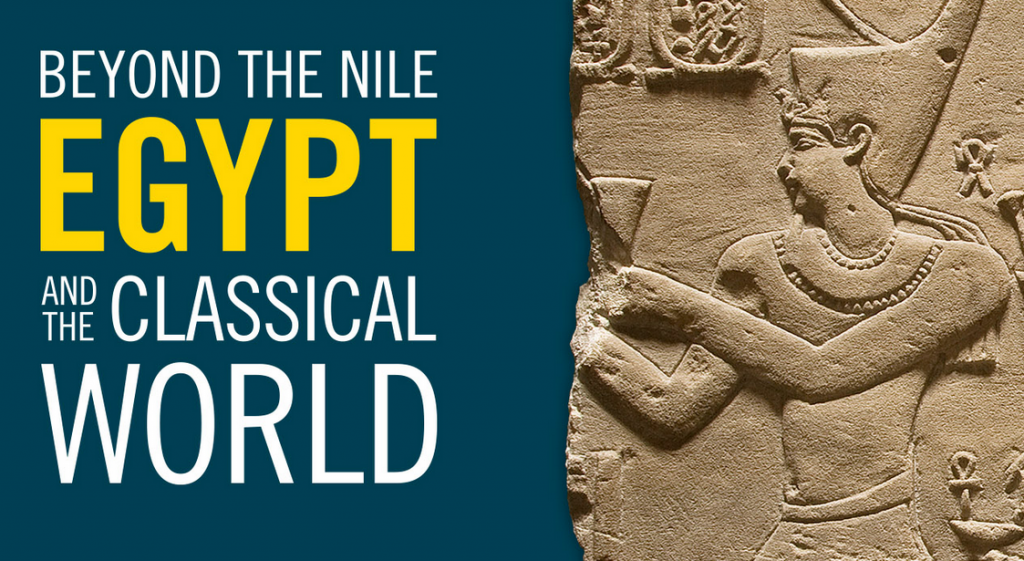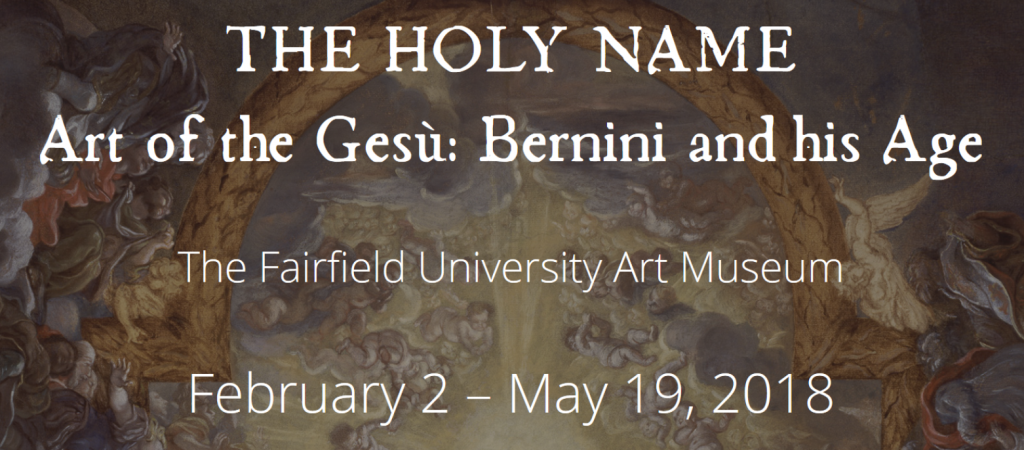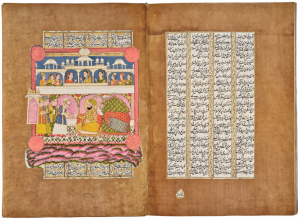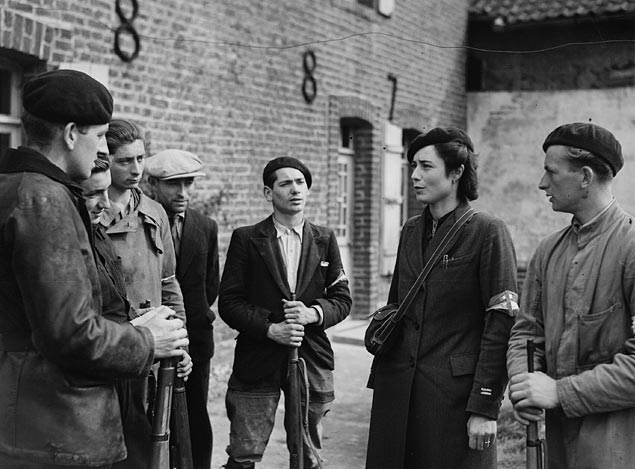 Armenia was the first nation to become Christian officially, when Armenia’s king was baptized by St. Gregory the Illuminator (240-332). Their territory covered the area later absorbed into Turkey, Russia and Iran, with Mt. Ararat as its spiritual high point. After the fall of the Soviet Union, Armenia north of Turkey became an independent nation. Over the centuries the shadow of suffering has fallen heavily upon the Armenian people, culminating in genocide during War I.
Armenia was the first nation to become Christian officially, when Armenia’s king was baptized by St. Gregory the Illuminator (240-332). Their territory covered the area later absorbed into Turkey, Russia and Iran, with Mt. Ararat as its spiritual high point. After the fall of the Soviet Union, Armenia north of Turkey became an independent nation. Over the centuries the shadow of suffering has fallen heavily upon the Armenian people, culminating in genocide during War I.
In an essay, “Exploring the First Christian Nation,” in The Wall Street Journal, Edward Rothstein observed:
It is remarkable how deeply rooted our greatest art museums are in the religious realm. Artifacts reflecting profound faith- even those once used in the most sacred rituals- are at the foundation of these institutions. Removed from their origins in worship, these relics, illuminations, reliquaries and statues settled into an afterlife in our secular aesthetic temples, making it clear that for their creators (as for many viewers) the celebration of beauty is also a religious act.
The New York Times also has a report on this exhibit by Jason Farago with the title “Reverent Beauty: The Met’s Armenia Show Is One for the Ages.”
The exhibit at the Metropolitan Museum will continue until January 13, 2019. See www.metmuseum.org/exhibitions/listings/2018/armenia.
